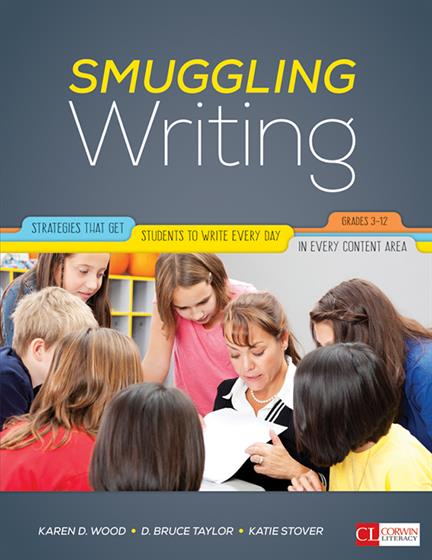Hands-on, Practical Guidance for Educators
From math,
literacy, equity, multilingual learners, and SEL, to assessment, school counseling,
and education leadership, our books are research-based and authored by experts
on topics most relevant to what educators are facing today.

Smuggling Writing
Strategies That Get Students to Write Every Day, in Every Content Area, Grades 3-12
Integrate writing seamlessly into your lesson plans with 32 written response activities that help students process information and ideas in short, powerful sessions.
Product Details
- Grade Level: 3-12
- ISBN: 9781506322629
- Published By: Corwin
- Series: Corwin Literacy
- Year: 2015
- Page Count: 256
- Publication date: November 17, 2015
Review Copies
Review copies may be requested by individuals planning to purchase 10 or more copies for a team or considering a book for adoption in a higher ed course. Request review copy




